Caffeine is a significant component of tea, known for its stimulating and revitalizing effects. The caffeine content varies significantly across different types of tea. This article we will delve into the caffeine content of six major tea categories: green, yellow, white, oolong, black, and dark teas. We'll discover which type of tea has the highest caffeine content.
Each type of tea offers a unique experience not only through its flavor profile but also through its caffeine levels, which can influence your choice depending on whether you seek a mild energizer or a stronger stimulant. By understanding these nuances, you can tailor your tea consumption to match your desired effects and enjoy the rich diversity that tea has to offer.
The role of caffeine and sources in tea
Caffeine is a natural stimulant found in coffee, tea, cocoa, and some soft drinks. In tea, caffeine primarily originates from the leaves of the tea plant. It stimulates the central nervous system, helping to boost alertness and concentration, while also enhancing cardiac function and respiratory activity.
This compound's invigorating effects make it a popular choice for those seeking to increase their mental clarity and energy levels. Furthermore, the presence of caffeine in tea adds to its appeal as a refreshing and revitalizing beverage, enjoyed by millions around the world for both its health benefits and its rich, diverse flavors.
Caffeine content of major tea types
| Tea Type | Caffeine Content (per 8 oz cup) |
|---|---|
| Green Tea | 20-45 mg |
| Yellow Tea | 20-30 mg |
| White Tea | 15-30 mg |
| Oolong Tea | 30-50 mg |
| Black Tea | 40-70 mg |
| Dark Tea | 30-70 mg |
Green Tea
Green tea contains between 20 to 45 milligrams of caffeine per 8 oz cup, depending on harvest time and processing methods. This type of tea is minimally oxidized, preserving more of the natural antioxidants and maintaining a moderate caffeine level. The leaves are typically steamed or pan-fired shortly after harvesting to halt the oxidation process, which is why the caffeine content remains relatively lower compared to more heavily oxidized teas. This processing results in the preservation of the green color and delicate flavor profiles characteristic of green tea.
Yellow Tea
Yellow tea, a rarer variety, has a caffeine content similar to green tea, ranging from 20 to 30 milligrams per 8 oz cup. The unique production technique involves a light fermentation process during a slow drying phase, wrapped in cloth; this slightly oxidizes the tea and gives it a milder, less grassy flavor than green tea. The additional steps in processing yellow tea slightly modify its polyphenol content, which might influence its caffeine levels, though not significantly.
White Tea
White tea is known for its delicate and subtle flavor profile, with caffeine content generally ranging from 15 to 30 milligrams per cup. It is made from the youngest tea leaves and buds, which are left to wither and dry naturally in the sun, undergoing minimal processing. The gentle handling and minimal oxidation result in lower caffeine levels compared to more processed teas. The high proportion of buds, which can contain slightly more caffeine, balances the overall lower caffeine content from the minimal processing.
Oolong Tea
Oolong tea features a wide range of caffeine content, from 30 to 50 milligrams per cup, influenced by the degree of oxidation it undergoes—ranging from light to heavy. This partial oxidation process is crucial in defining not only the complex flavor profiles of oolong but also its caffeine levels. Darker, more heavily oxidized oolongs tend to have higher caffeine content due to longer exposure to oxygen, which concentrates its flavors and active compounds, including caffeine.
Black Tea
Black tea offers the highest caffeine content among traditional tea types, ranging from 40 to 70 milligrams per 8 oz cup. It undergoes a full oxidation process, where the leaves are allowed to oxidize fully before drying. This process not only deepens the flavor and color but also increases the caffeine content, as the longer oxidation process leads to a higher concentration of caffeine and other stimulating compounds in the final product.
Pu-erh (Dark Tea)
Pu-erh tea, a type of fermented tea, generally contains between 30 to 70 milligrams of caffeine per cup, depending on the specific processing and aging conditions. Pu-erh is unique due to its post-fermentation process, which can continue to develop for years or even decades. This aging process alters the chemical composition of the leaves, including the caffeine level. Younger pu-erh tends to have more caffeine, which may decrease slightly with age as the leaves undergo microbial fermentation, modifying both the flavor and the active compounds present.

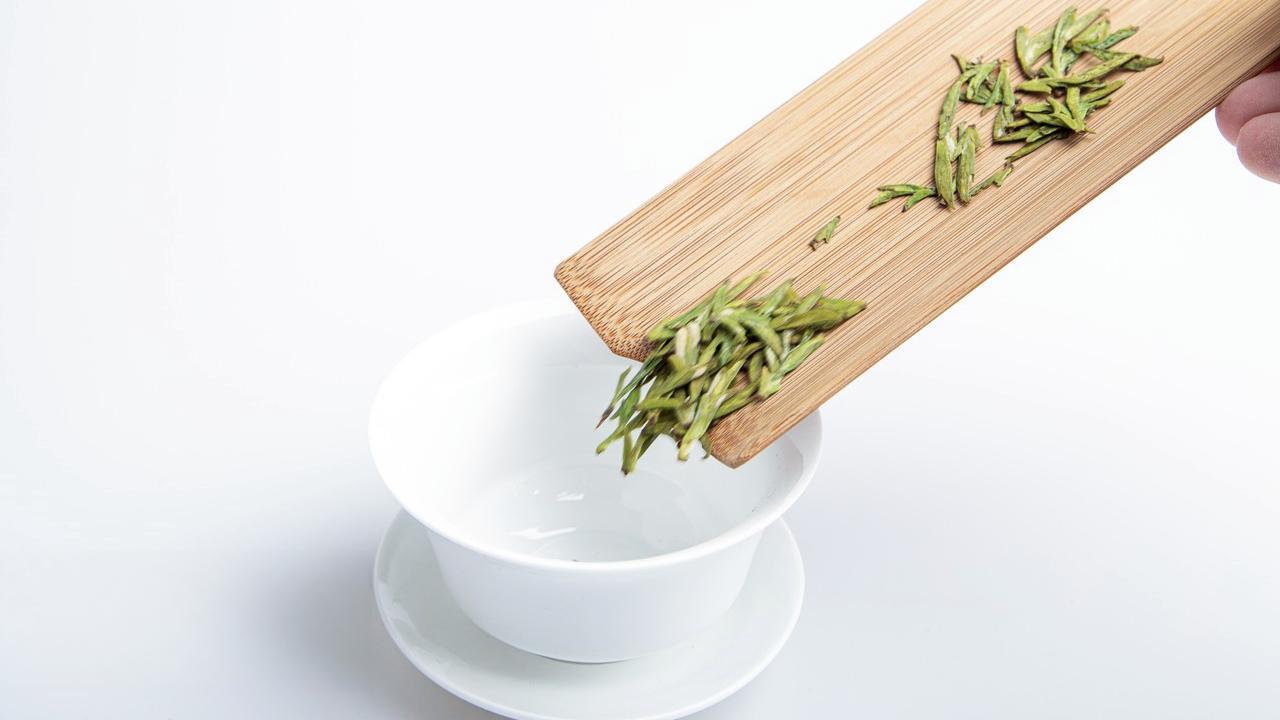
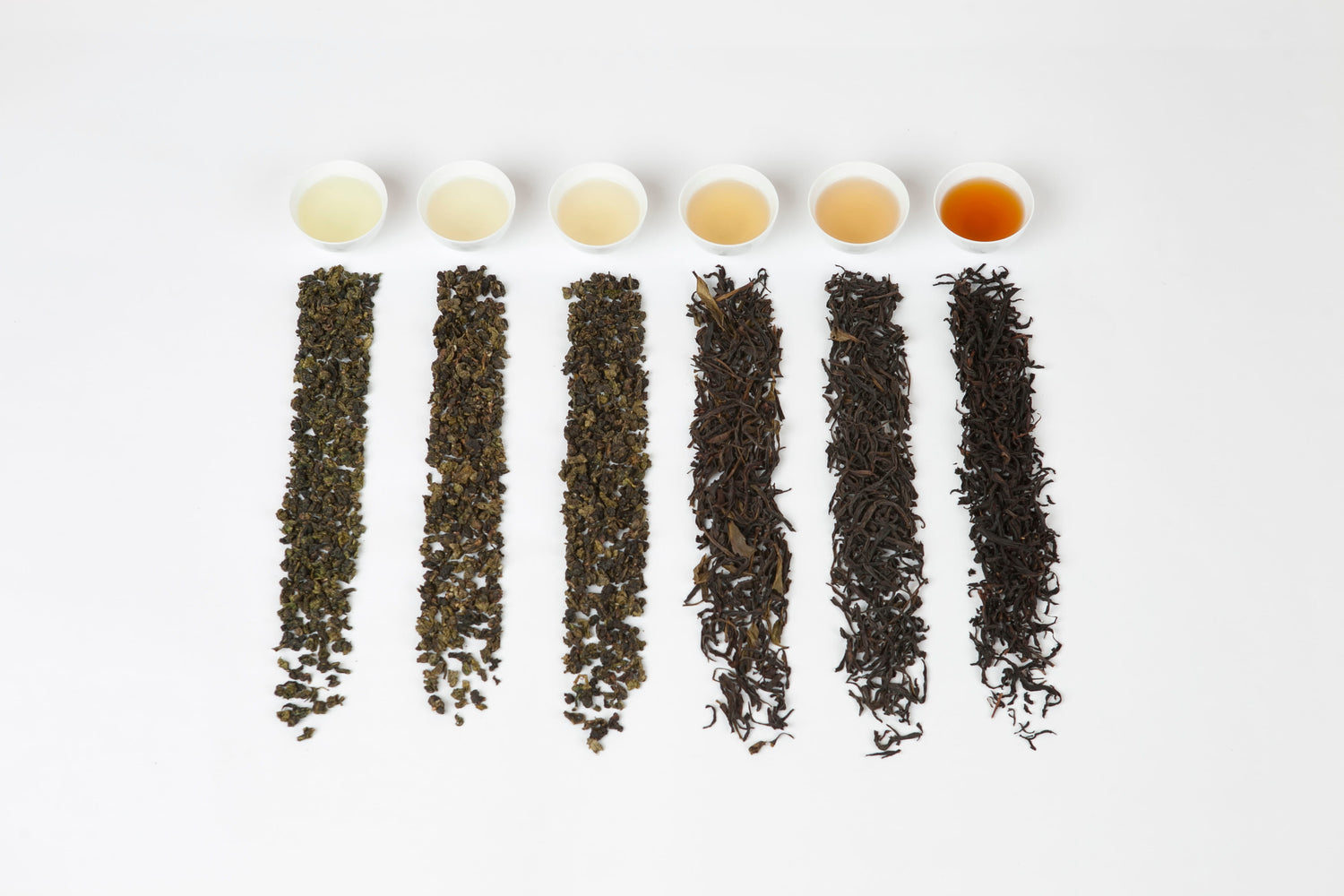
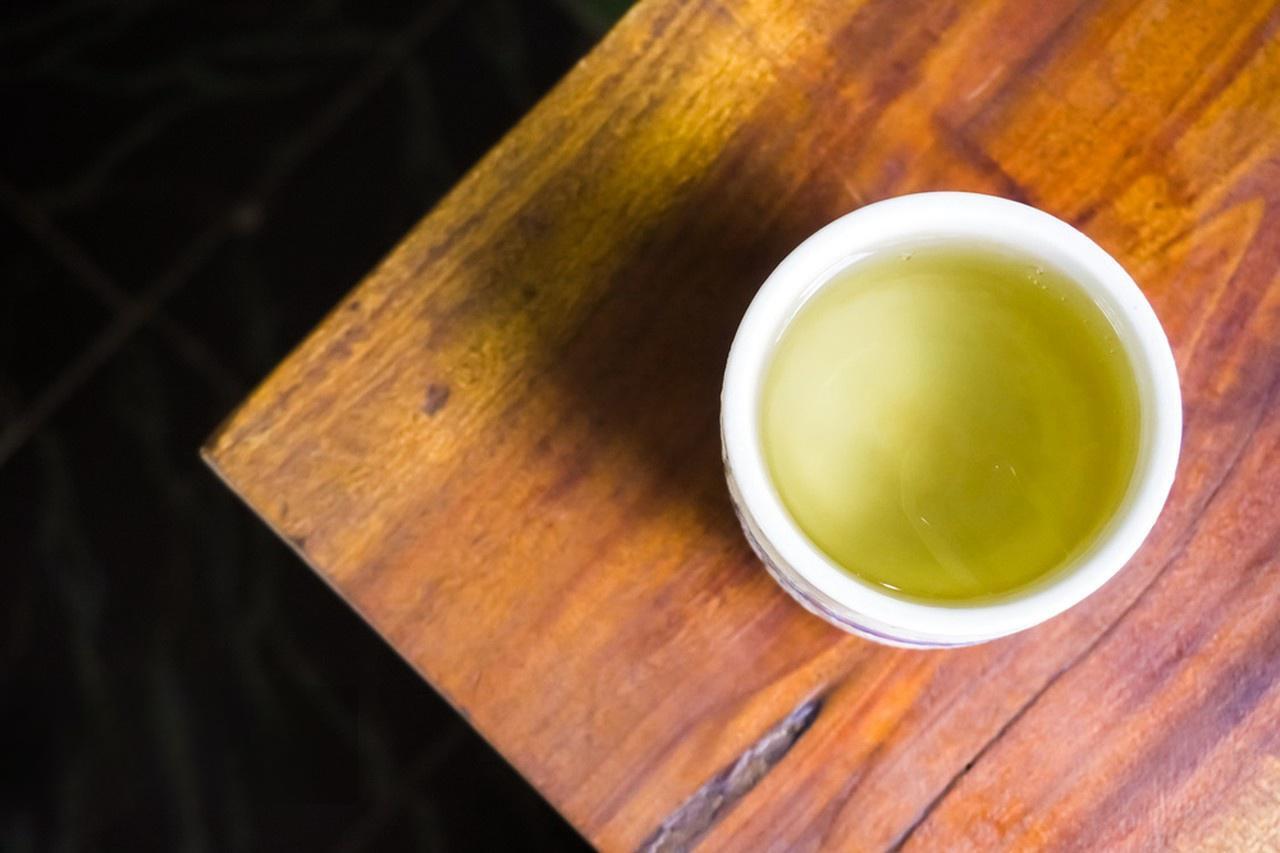
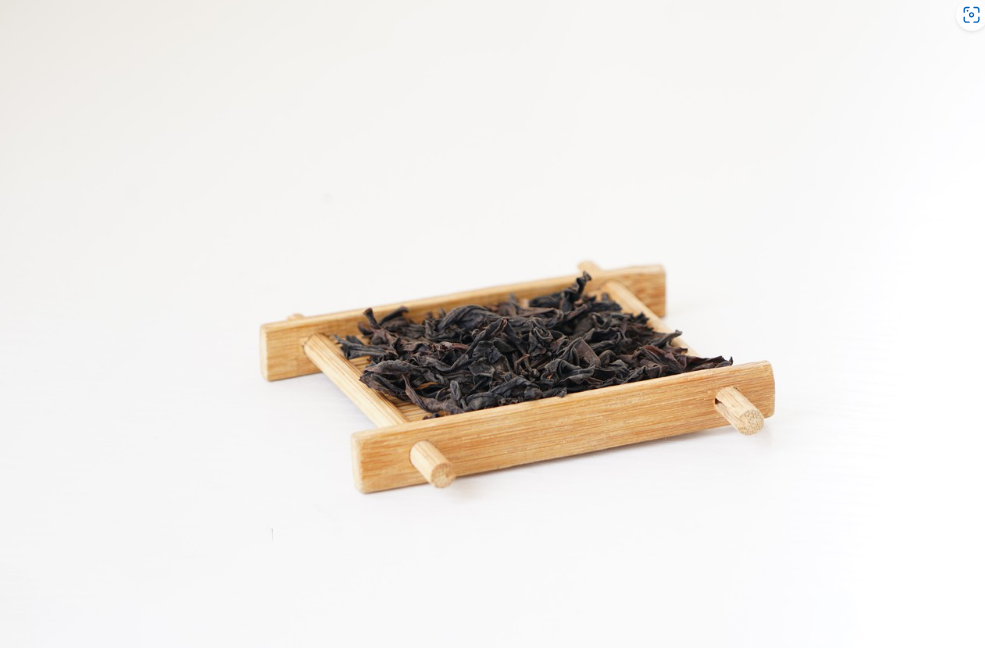
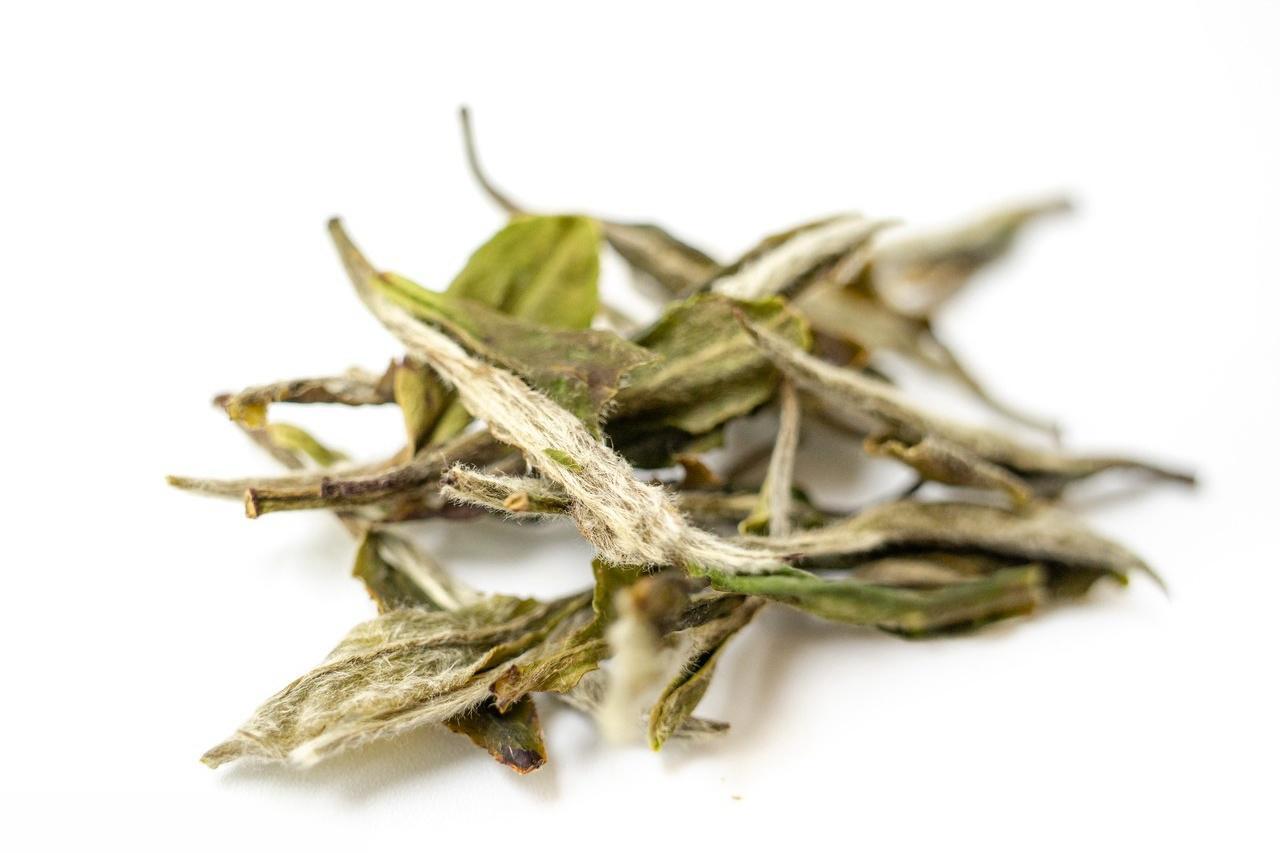
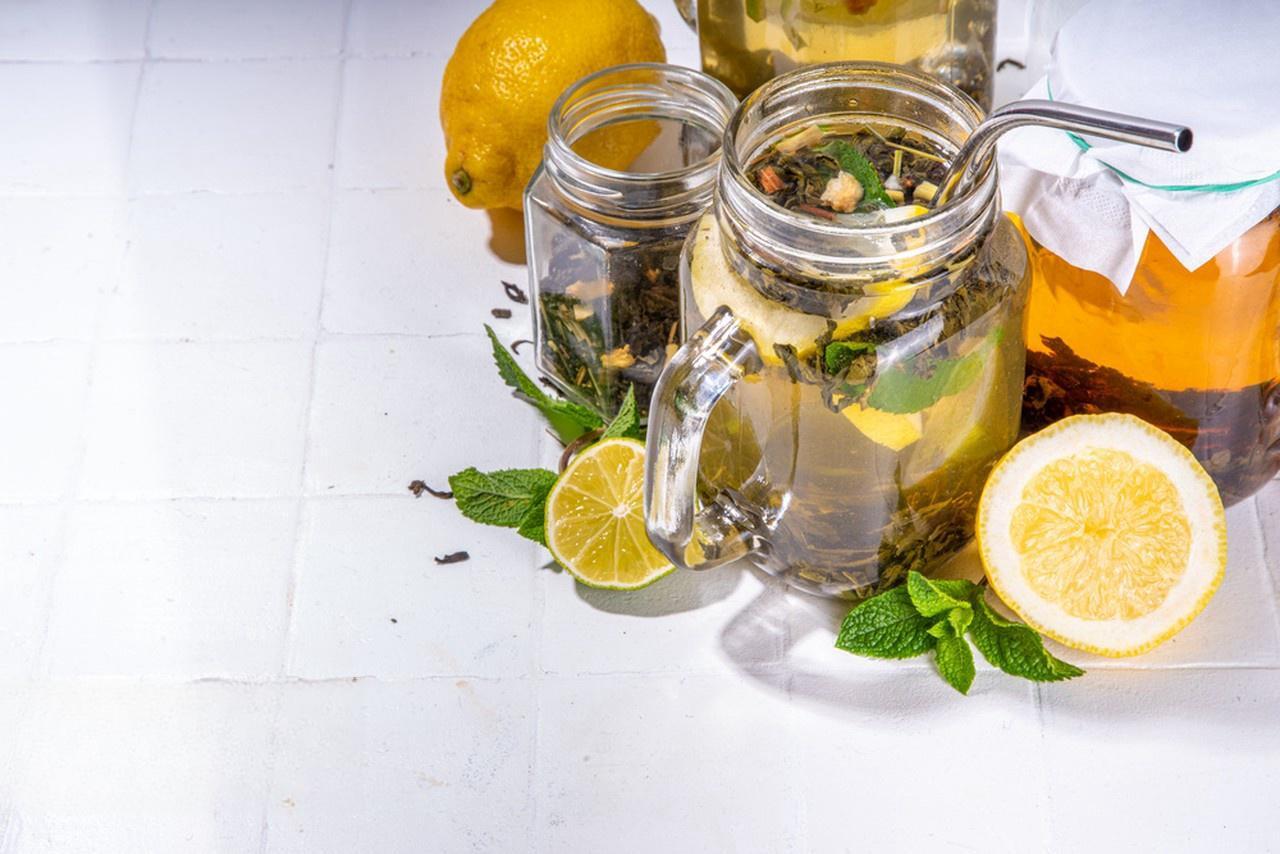
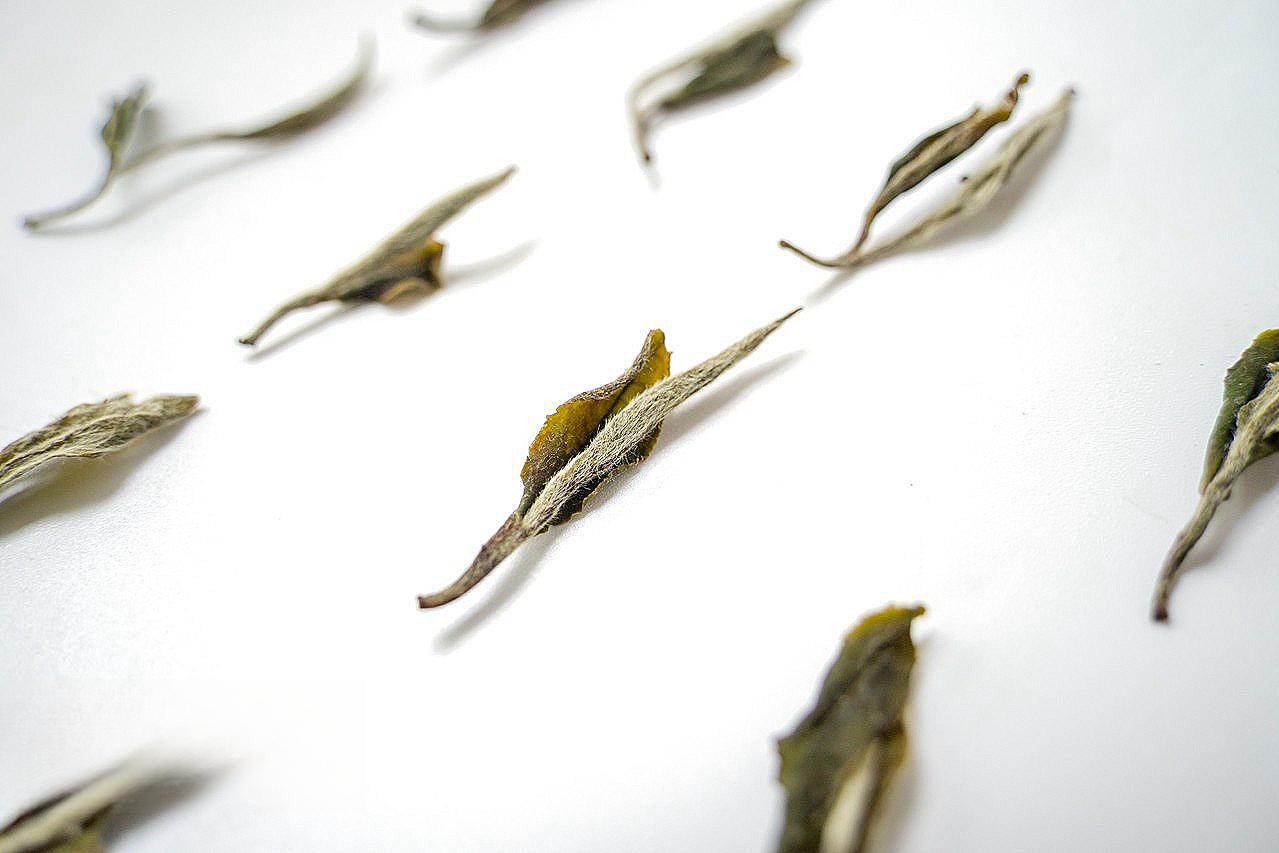
Leave a comment
All comments are moderated before being published.
This site is protected by hCaptcha and the hCaptcha Privacy Policy and Terms of Service apply.